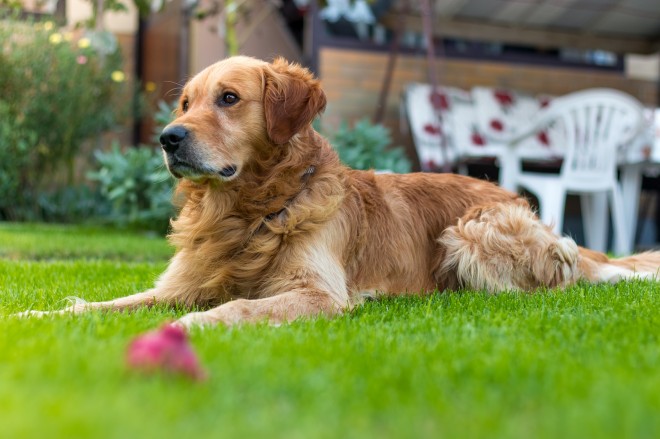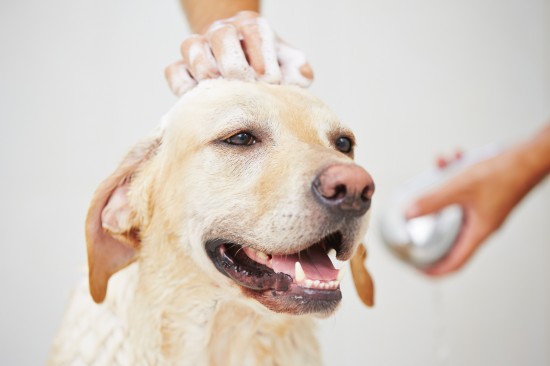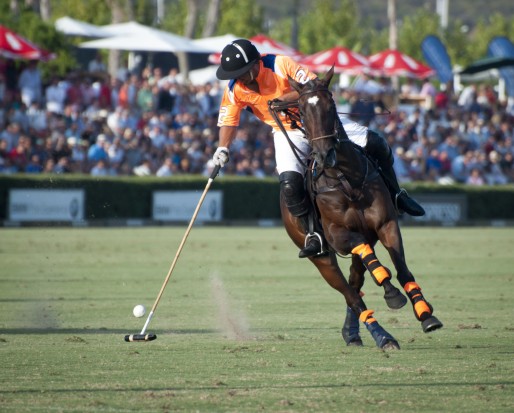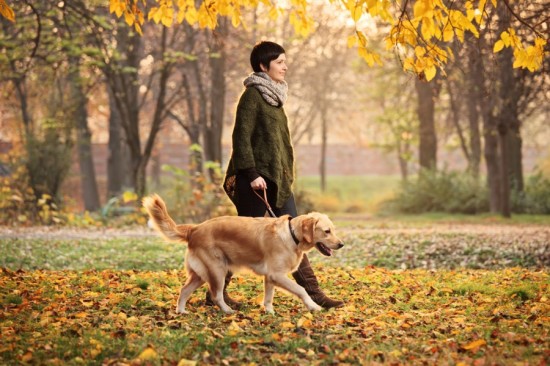
Training should ideally begin while a canine is still a puppy. At that stage in his development, it is much easier to instill good habits. It is also easier to discourage poor behaviors, or address early signs before such habits become ingrained. Unfortunately, many owners either neglect to train their pets while they are puppies, or adopt adult dogs that have already developed bad habits. In both cases, encouraging the right behaviors and discouraging the wrong ones is more difficult. But it can be done.
The goal in the present article is to describe various dog training methods. As you'll see below, they rely heavily on positive reinforcement rather than doling out physical punishment. That said, there is plenty of difference in the manner in which this positive reinforcement can be delivered.
Methods For Encouraging Desired Behaviors
Canines can be trained to comply with nearly any command as long as they receive the proper motivation. This motivation can include food treats, praise, access to their favorite toys, and similar benefits. There are three main strategies for encouraging desired behaviors.
First, you can use the enticement as a tool for persuasion. For example, if you wanted your canine to come to you, showing him a food treat will encourage his compliance. If you wanted him to sit, the treat would likewise persuade him to do so. Trainers recommend that praise is given along with the food reward.
The second method also uses food as a motivator, but here, physical force is also applied to compel compliance. For instance, suppose you want to train your canine to sit. At first, he will likely be unfamiliar with the command, and thus will not know what you wish him to do. Gently push his hindquarters toward the floor until he is in the proper position. Then, provide a treat and praise.
A third strategy involves using a clicker. Each time your dog responds properly to your commands, use the device to make a clicking sound. Then, follow the sound by giving him a treat. Your canine will quickly learn that the clicking sound signals that he has performed according to your wishes. Because the clicker is used between his action and your providing him a treat, the treat becomes a reward rather than merely a tool to tempt his compliance.
Methods For Discouraging Unwanted Behaviors
Dogs act according to what seems natural to them. The problem is, many of their instincts lead to behaviors that are often problematic for their owners. There are a couple of reliable methods for discouraging bad habits without physically punishing your dog.
First, train your pet to perform a substitute action when he might instinctively do that which is undesirable. For example, suppose you and your family are eating dinner. Because canines are highly motivated by food, your pet may begin to beg. To prevent him from doing so, train him to immediately leave the room when you and your family eat dinner. The two actions - begging and leaving the room - cannot be done at the same time. The latter replaces the former.
The second strategy is to deliver consequences if your canine does something he knows to be inappropriate. The consequences are not aimed at punishing the dog. Instead, they are meant to discourage him from doing the same thing in the future. For instance, suppose your pet has been trained to avoid jumping on visitors. The consequence for doing so might include removing him from the room, and thus depriving him of the visitor's attention.
Choosing The Right Approach
The "right" training approach is the one that proves most effective for your dog. Some pets will respond best when they know they will earn a treat for doing so. For other canines, a clicker may be more effective, depending on the behaviors their owners are trying to encourage. Experiment with all of the methods described above. Mix and match them as appropriate, given your dog's temperament. Keep in mind the goal is to ultimately strengthen the bond you share with your pet.
 Rabbit Care Calendar - Month By Month Care Advice For Your Rabbit
Rabbit Care Calendar - Month By Month Care Advice For Your Rabbit
 Health Problems Common To The Doberman Pinscher Dog Breed
Health Problems Common To The Doberman Pinscher Dog Breed
 The Best Tarantula Breeds For Beginners
The Best Tarantula Breeds For Beginners
 Tips On How To Keep A Lawn Looking Good For Dog Owners
Tips On How To Keep A Lawn Looking Good For Dog Owners
 How To Tell When To Interact With A Puppy, And When To Leave It Be
How To Tell When To Interact With A Puppy, And When To Leave It Be
 Assessing The Potential Buyers Of Your Pedigree Puppies
Assessing The Potential Buyers Of Your Pedigree Puppies
 How To Deal With Dandruff In The Dog
How To Deal With
How To Deal With Dandruff In The Dog
How To Deal With
 Introduction To Polo
Introduction To P
Introduction To Polo
Introduction To P
 Environmentally Friendly Pet Care - Making Greener Choices
Environmentally F
Environmentally Friendly Pet Care - Making Greener Choices
Environmentally F
 Longevity, Health Issues And Hereditary Conditions Within The Bearded Collie Dog Breed
Longevity, Health
Longevity, Health Issues And Hereditary Conditions Within The Bearded Collie Dog Breed
Longevity, Health
 Cats & World Records
Cats & World Reco
Cats & World Records
Cats & World Reco
Copyright © 2005-2016 Pet Information All Rights Reserved
Contact us: www162date@outlook.com